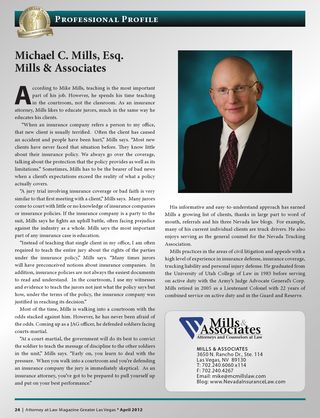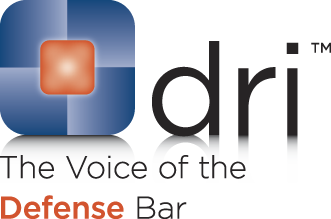Nevada law provides generally that a negligent defendant should pay only that share the of damage that he or she caused. That legal concept, known as several liability, is codified in NRS 41.141. However, the Nevada Supreme Court has interpreted that statute to provide a number of exceptions to the general rule of several liability. [See HERE for example] If a plaintiff falls into one of those exceptions, he or she will enjoy the benefit of joint and several liability. The end result is that a plaintiff can sue anyone that he or she chooses. If the target defendant is even 1% liable, that defendant has to pay 100% of the plaintiff’s damages even though the negligence ofothers may have contributed to the loss. It is the burden of the target defendant to identify the other tort feasors and get them to pay their fair share of liability. In order to accomplish this feat, the target defendant has to identify and sue the other tort feasors and then collect that portion of the damages that is rightly ascribed to those others.The target defendant usually pleads causes of action for contribution and equitable indemnity. The idea behind actions for contribution and equitable indemnity is that the target defendant should not have to ultimately pay for that portion of the loss that it did not cause.
In the case of Saylor v. Arcotta, 126 Nev. Adv. Op. 9, 225 P.3d 1276 (2010), a taxicab passenger was injured when the cab in which he was riding was involved in an accident. Two weeks after the accident he had a heart attack and died. The passenger’s heirs and estate filed suit against the taxicab driver and cab company. Discovery revealed that the death may have resulted from medical malpractice. The cab company sued the doctors for contribution and indemnity. The doctors argued that the statute of limitations had expired and therefore, they could not be held liable for the death. The trial court agreed.
The Nevada Supreme Court overruled the trial court, finding that the statute of limitations on either cause of actions had not even begun to run. Therefore the taxi company and driver were fully within their rights to file suit against the doctors and attempt to prove that a portion of the damage was related to medical malpractice.
The Supreme Court said that a cause of action for equitable indemnity would not start to run until the target defendant pays the actual loss by way of settlement or judgment. As soon as it does, the statute of limitations clock starts to run. The court taught that equitable indemnity is related to a quasi contract. The court called this a cause of action not founded on an instrument in writing. NRS 11.190(2)(c) sets a four year statute of limitation for those causes of action that meet this description.
The Supreme Court also found that the statute of limitations for a contribution claim was one year after judgment was entered against the target defendant as dictated by Nevada’s contribution statute, NRS 17.285(2).
In all, this is the right result. It allows the target defendant the choice of whether to pursue its cause of action for equitable indemnity or contribution immediately or whetherit should wait until after settlement or judgment to proceed. The target defendant is notforced into bringing such an action prematurely.
If you have any questions about contribution or equitable indemnity in Nevada, please feel free to give us a call here at Mills & Associates.
 Follow
Follow Email
Email


